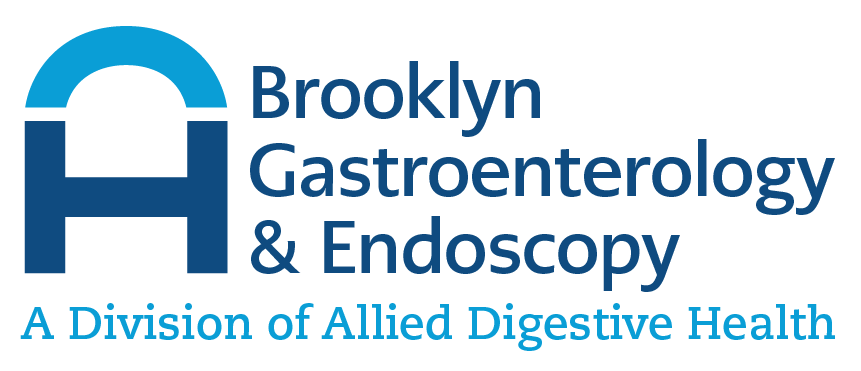What is a Capsule Endoscopy?
Capsule endoscopy is a procedure designed to help your physician see what is happening inside parts of your gastrointestinal (GI) tract. The GI tract is the tube that extends from the mouth to the anus in which the movement of muscles digests food. During the procedure, a patient swallows a vitamin-sized pill with a camera inside (pill camera). Transported smoothly and painlessly through the GI tract by the body’s own natural peristalsis, the video pill capsule transmits images of different parts of your intestine, such as the small intestine and the esophagus.
Why is a Capsule Endoscopy done?
Capsule endoscopy helps your doctor evaluate the small intestine. This part of the bowel cannot be reached by traditional upper endoscopy or by a colonoscopy. The most common reason for doing capsule endoscopy is to search for a cause of bleeding from the small intestine. It may also be useful for detecting polyps, inflammatory bowel disease (Crohn’s disease), ulcers, and tumors of the small intestine. Capsule endoscopy is the least invasive and most direct way for doctors to see the entirety of the small intestine.
How should I Prepare for the Procedure?
Two days before your test, do not eat any fruits, nuts, vegetables, salads, seeds, berries or whole grains. The day before your capsule test, eat a regular breakfast and have a light lunch around 11:00am (examples of a light lunch include toast, bagel, cereal, etc….do not eat any fried or greasy foods). Remain on a clear liquid after lunch up to 10:00 pm. At 6:00pm, begin Halflytely prep, complete the whole container. Male patients should shave their abdomen 6 inches above the navel on the day of the exam.
The day of the capsule test, do not drink or eat anything the morning of your test except for your medications approved by the doctor, taken with a small sip of water.
- Do not take any medications beginning 2 hours prior to your procedure.
- Wear loose clothing
- Test starts at 9:00 am. You may drive yourself, as you will not be sedated.
- Once you leave the office/facility, you may resume light activities.
- You can start to have liquids at 12 noon and then eat a light lunch at 2:00 pm
- Return to the office/facility to take off sensors/vest off 4:30-4:45 pm the same day
After ingesting the capsule and until it is excreted (you may not see the capsule release) you should not be near an MRI device or schedule an MRI examination
How is Capsule Endoscopy Performed?
The test is performed either at the doctor’s office or at the hospital. After checking in, a medical staff member will apply sensor probes and a vest with a wireless recording device on your abdomen and waist. You will then swallow the pill camera, which will record and transmit images as it travels down through your digestive tract over an 8-hour period. The test usually starts in the morning, between 8 and 9 AM. You should wear loose clothing. You may drive yourself, as you will not be sedated. Once you have swallowed the pill camera, you can leave the office or facility and resume light activities. You can have liquids after 2 hours and eat a light meal after 4 hours.
At the end of the 8-hour recording period, you will return to the office, where the staff will remove the sensors and vest from your body. The video recording will then be reviewed by your doctor once it has been uploaded to a computer. After ingesting the capsule and until it is excreted (you may not see the capsule release), you should not be near an MRI device or schedule an MRI examination.
What are the Risks Associated with Capsule Endoscopy?
Capsule endoscopy is a very safe and low-risk procedure. There is a small risk of the pill camera getting stuck in a narrowed spot in the digestive tract, which can be due to stricture (narrowing) caused by inflammation, surgery, scar tissue, or a tumor. The camera getting stuck can lead to a blockage in the intestines called bowel obstruction.

